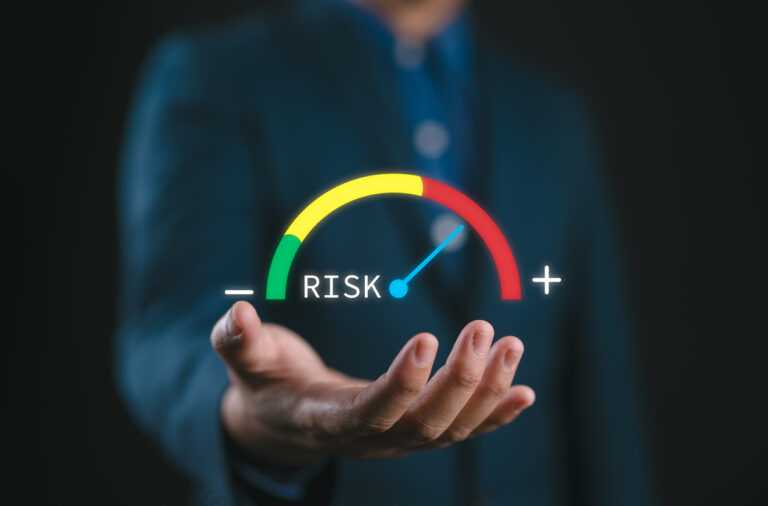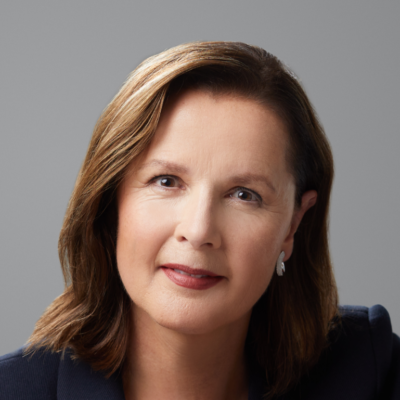William Rochelle’s post, “The King of EVs Stumbles, Competition Strikes,” sparked more than just insight into Tesla’s market turbulence—it ignited a deeper conversation among peers about the broader leadership risk emerging behind the scenes.
Yes, Tesla’s stumble matters. But the more urgent question is:
Is this just the first visible crack in a far greater leadership breakdown?
Because this isn’t just about electric vehicles. It’s about what happens when a leader—Elon Musk in this case—is so stretched across companies, industries, and influence spheres that even his boldest ideas begin to falter under the weight of overcommitment and distraction.
And while Musk is a powerful example, this isn’t just about him. It’s a pattern we’re seeing across executive teams and boards globally.
The Overcommitment Dilemma
Elon Musk currently leads or plays an active role in at least six major ventures—including Tesla, SpaceX, Neuralink, X (formerly Twitter), xAI, and DOGE (Department of Government Efficiency). His reach spans space, defense, AI, infrastructure, transport, media, and even governmental policy.
That’s not just a heavy workload. It’s a high-stakes leadership cocktail—volatile, deeply complex, and increasingly risky.
Because here’s the truth:
No matter how visionary a leader is, time, focus, and capacity are finite.
Yet it’s not uncommon for executives and board members to accumulate titles, roles, and influence—believing their presence adds value across the board. But when ego and optics take precedence over focus, impact, and true value, the cost can be steep.
When the cracks start to show, it’s the businesses, teams, and communities under their leadership that often pay the price, often resulting in:
- Compromised decision-making
- Limited capacity to respond to emerging risks
- Missed cues that the organisation—and its people—are under strain
What if boards and executive teams flipped the script and assessed leaders the way they assess business risks?
Because real leadership isn’t about how many roles you can stack—it’s about knowing when your value is at risk of being diluted or distorted.
When Leadership Becomes a Liability
At the heart of this discussion is a vital risk management question:
How often are leaders truly assessing their bandwidth, blind spots, and potential conflicts of interest—before saying yes to another title or project?
In Musk’s case, we’re seeing:
- Tesla’s market share decline amidst fierce EV competition
- Investors questioning strategic focus, even loyalty
- Media and regulatory bodies escalating scrutiny
But again, it’s not just Musk. We’ve seen it with other high-profile executives juggling multiple board roles, advisory positions, and external interests—all while core businesses drift or fracture.
Often, this stems from a mismatch between personal ambition and organisational need.
What Can We Learn?
From a risk and governance standpoint, this raises several key considerations for boards and executives alike:
- Are we vetting leadership appointments through a risk lens?
Not just capability and charisma—but focus, potential conflict, and alignment with organisational priorities. - Are leaders evaluating themselves with the same level of scrutiny?
Or are titles being collected without regard for true contribution? - Are we having honest conversations about trade-offs and bandwidth?
Or are we stuck in a culture where stepping back is seen as weakness?
A Leadership Checkpoint for All of Us
Visionaries like Musk often operate at high velocity. They build momentum, chase bold ideas, and disrupt entire sectors. But when the same leader tries to play every role, run every mission, and hold all the power—momentum turns into risk.
This is an invitation to reflect, not react.
Leaders: Are you truly adding value in every role you hold—or simply holding space because no one else can?
Boards: Are you vetting leaders for alignment, capacity, and conflict—or just reputation and reach?
Looking Ahead
This blog isn’t about villainizing Musk.
It’s about looking at the conditions, pressures, and decision-making patterns that led us here—and asking how we can prevent similar dynamics in our own organisations.
Because overcommitment isn’t just unsustainable—it’s a risk multiplier.
So, before the next appointment is approved… before another board seat is accepted…
What questions should we be asking?
Coming Next: Part 2 – Cutting Corners at the Top: What We Miss in Executive Appointments
In Part 2, we’ll take a closer look at Musk’s appointment to DOGE and what it reveals about how leaders are—or aren’t—vetted for roles with access to national infrastructure, sensitive information, and systemic influence. When power is granted without proper scrutiny, the risk shifts from strategic misstep to systemic exposure.
👉 For newsletter subscribers, we’ll also share a Part 3 exclusive:
A high-level S4R analysis of Musk’s leadership exposure. This will demonstrate how S4R can be applied to assess leadership risk—easily, effectively, and without bias.
Because leadership risk isn’t just a headline—it’s an organisational vulnerability.
And risk ignored is risk multiplied.
Risk Rebels—What Say You?
Are boards and executives truly managing leadership risk—or just hoping for the best?




